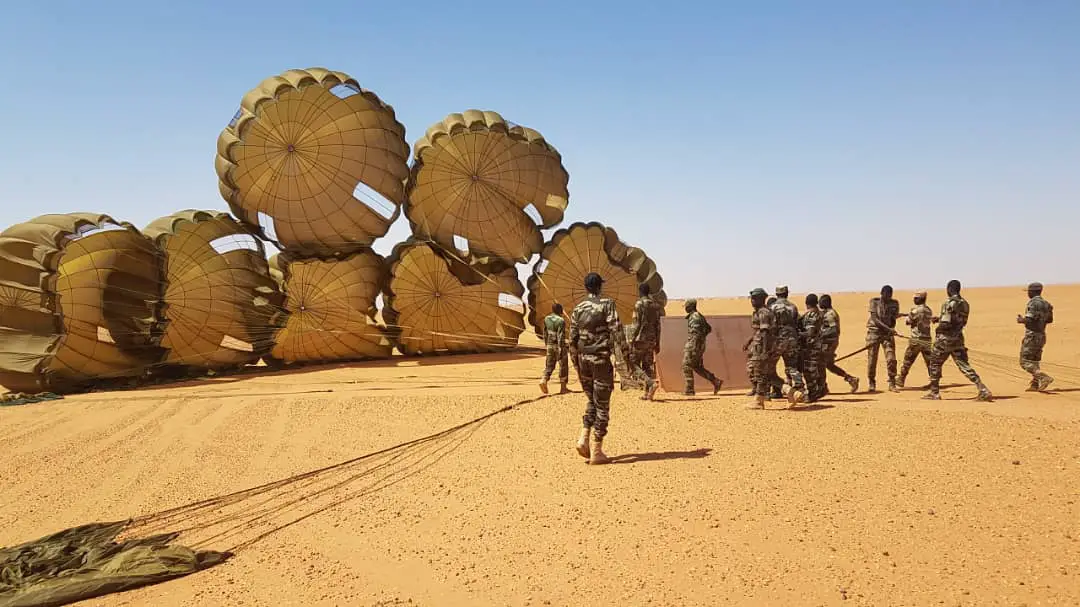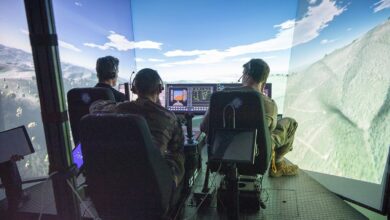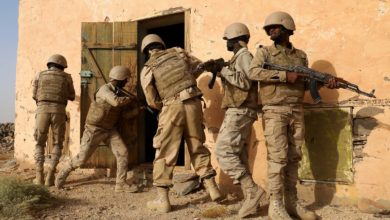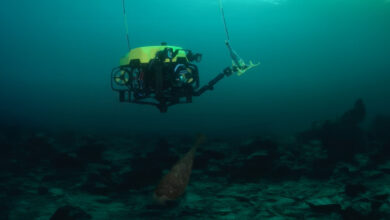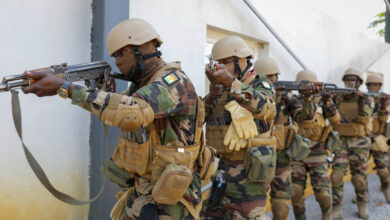Three Years on, G5 Sahel Force Struggles With Mission
Combining men from Burkina Faso, Chad, Mali, Niger, and Mauritania, the G5 is meant to bind the countries in an alliance against a common foe.
Three years ago West African nations launched a joint force touted as a giant’s stride in the fight against Islamist militants sweeping across the Sahel.
But lack of equipment, funds, and training, together with problems in deployment and coordination on the ground, have left the so-called G5 Sahel struggling for credibility and still dependent on France, the force’s big political backer.
Planned as a seven-battalion force combining 5,000-men from Burkina Faso, Chad, Mali, Niger, and Mauritania, the G5 is meant to bind the countries of this vast region in an alliance against a common foe.
Thousands of people have died and hundreds of thousands have fled their homes since jihadists launched an insurgency in northern Mali in 2012, which has since spread into Niger and Burkina Faso.
The G5 troops are supposed to operate in three corridors 200 kilometers (120 miles) on either side of common borders. The contingents are based in national territory, with the idea being that they can go across borders for operational reasons.
But on the ground, G5 contingents often respond more to their national command rather than to the force’s headquarters, according to western military sources.
“We don’t know when they take their orders from their national staff or from the joint force command,” said one.
During one operation with French forces at the end of 2019, Burkinabe officers told AFP they had received orders from Ouagadougou not to cross the border into Mali.
The orders were completely at odds with the goal of trans-frontier flexibility, yet there is no evidence today that such contradictions have been resolved.
Heavily Dependent
The G5 has received more than 50 armored vehicles from partners, including the European Union, but remains critically short in key areas.
UN troops routinely provide food and fuel for remote G5 Sahel bases whose troops lack the means to be self-sufficient.
Earlier this month, Barkhane was asked to escort Malian troops out of Boulkessi, an isolated camp in the center of Mali, so that they could be relieved.
After leaving the camp, the convoy was ambushed, but “24-hour intelligence” and intervention by French warplanes and helicopters enabled all the troops to get back safely, according to a report by French military headquarters.

A senior source at the G5 Sahel admitted that lack of air power and intelligence resources such as this were crucial problems.
“We don’t have the air capability which is vital for anti-terrorist campaigns, or technological means of intelligence,” the source said.
On January 13 this year, at a summit on Sahel security in the southwestern French town of Pau, Chad vowed to send a battalion to the “tri-border” region — a notoriously lawless area straddling the frontiers of Mali, Niger, and Burkina Faso.
But the ground-breaking promise has yet to be fulfilled.
Chadian government spokesman Cherif Mahamat Zene told AFP that preparations “are on schedule” for sending the army’s 8th Battalion, but its dispatch depends on “a certain number of factors… which are currently under discussion,” which he hoped would conclude shortly.
Despite these problems, Ibrahim Yahya Ibrahim of the International Crisis Group (ICG) thinktank, pointing to a fall in attacks, said “in 2020, the armed forces got on top of” the jihadists.
But he asked whether this would last, given the “highs and lows” in a grinding and costly campaign.
“One thing is for sure — the armed groups have not been wiped out.”

